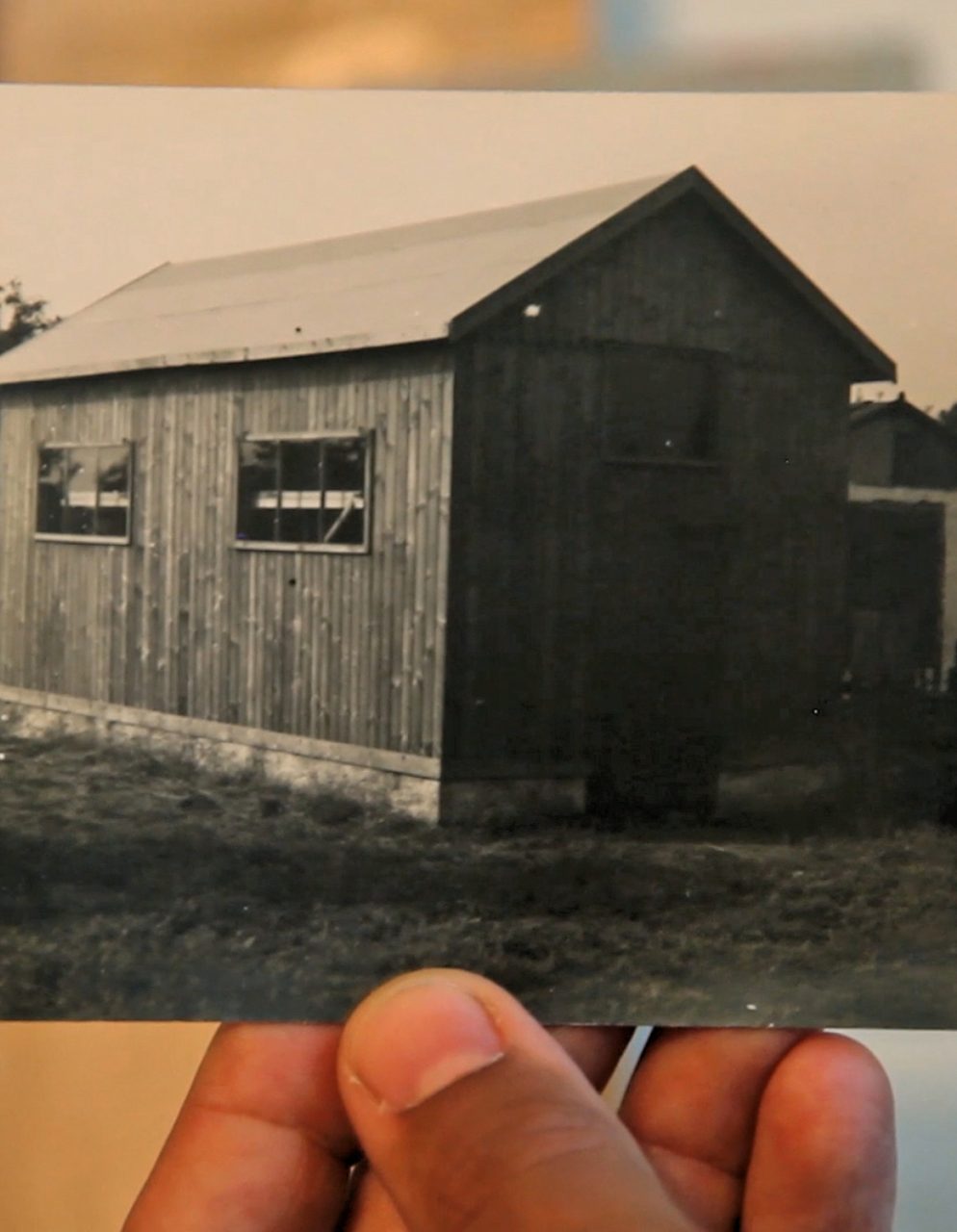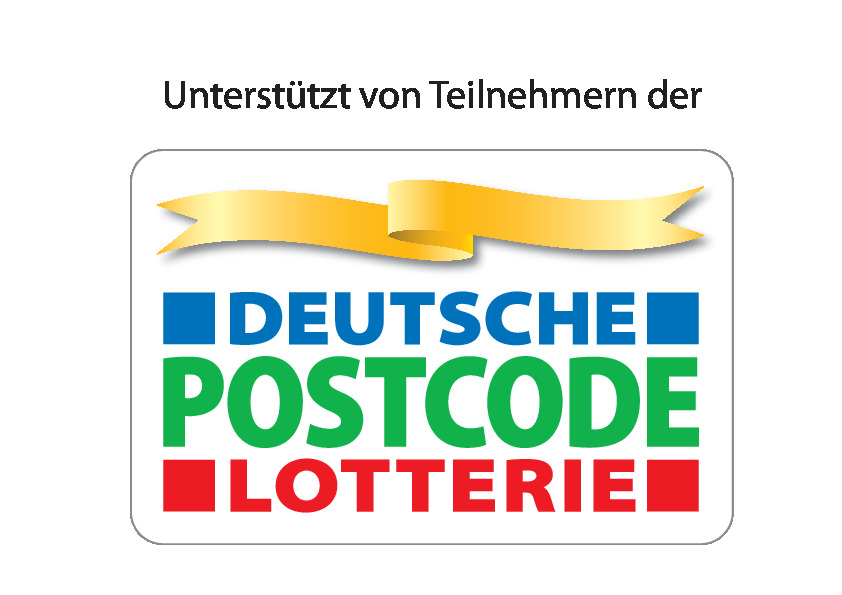This field trip is part of the project Overflowing Environments
This is an invitation to walk, to wander off, to meander, to unlearn the fixation on a wagging finger, and to learn how to relate to “nature out there” without hierarchies and without learning objectives. Field trips allow us to experience and understand on multiple levels; we will use this approach for asking questions in our environment and of our environment. In two different areas, we will make connections between people, films, theses and approaches that we hope hold the potential for experiencing and reflecting on the relationships between humans and nature, between nature and culture, and between non-humans and humans.
In doing so, we will also consider our movements, our appropriations, and our gaze and terminological regimes. Artists, theoreticians, environmental and natural historians will bear us company, help to shape the field trips and set the pace. Our paths will lead us from the physical to the cinematic world and vice versa.
Submerged Continuities
The concept of Lebensraum (“living space”) refers to all types of ecological communities: biotopes, ecozones, habitats, biospheres. In colonialist and National Socialist contexts, it was used to make nationalist and racist claims that left their marks even in the landscape. Current ecofascist movements demonstrate that even terms like nature protection or animal welfare can’t be used without political impact and historical burdens. Cyclic “natural” time is confronted with a “historical” time marked by violent interruptions, oblivion, and memory.
We’ll start at a site where silkworms were bred for the production of parachute silk for the Wehrmacht. Our next stop will be Lindenau Harbor. Construction of the harbor basin started in 1933, but the original project of connecting it to the Saale Elster Canal and ultimately to the North Sea was never completed. Ammunition that was dumped in the canal after World War II has been re-surfacing since the end of 2020, among other reasons because it has been systematically searched for. We aim to extend this search for consciously and subconsciously submerged continuities to concepts and ideologies of nature.
Verwundene Fäden/Μπερδεμένες κλωστές (Riven Threads), artistic documentary, 40 min, 2020
Mulberry hedges can still be found in one of the allotment garden sites in Leipzig. They were planted in the late 1930s for the Nazi silk production. An educational film about silk culture was also produced in Leipzig at that time. The film Riven Threads traces the silk from the allotment garden site to its destination, the touristic island Crete. Hardly any plane had been seen there before, but in May 1941, within only one week 10.000 paratroopers jumped onto the barren island. Contemporary witnesses recall memories of the Battle of Crete and the terror of the German occupation. They cut the silken parachutes and recycled them as handkerchiefs and dresses. The handcraft processes are time units that are inscribed into their bodies and that have structured their memories.
The artistic documentary Riven Threads traces the routes of parachute silk—from the Nazi silk production as a propaganda program to the Battle of Crete in 1941, where parachutes were later reused by handcrafting women to make handkerchiefs.
Die Pferde des Rittmeisters (The Cavalry Captain’s Horses), Germany, 2015, 10 min, HD, transferred from 16mm film, colour and black-and-white, sound, 10 min
16mm footage from amateur film-maker Harald von Vietinghoff-Riesch’s estate
This commented chronological montage combines footage of Wehrmacht horses and of civilians fleeing from the Wehrmacht into a picture of war. The film is part of the project P.O.V. (Point of View) by Clemens von Wedemeyer which examines the cinematographer’s subjective view behind the front line.
Program Details
Meeting point: allotment gardens “Hoffnung West”, club house
Please sign up here: office@d21-leipzig.de
14:00—15:15 Talk with Deborah Jeromin about her work on Nazi silkworm breeding and the routes of German parachute silk to Crete (KGV Hoffnung West)
15:30—16:15 Time for walking to Lindenau Harbour
16:30 Keynote by Anna-Katharina Wöbse
17:15—18:15 Break/time for walking to the cinema
21:30/22:00 LURU, open-air cinema
Film screening: Deborah Jeromin: Verwundene Fäden (Riven Threads) (40min)
Film screening + talk: Clemens von Wedemeyer: Die Pferde des Rittmeisters (The Cavalry Captain’s Horses) (10min)



